|
Heathrow Airport, arrivals (Terminal 2). Quite ‘busy’ this morning with flights coming in from China, India and the Middle East. Good job by the “COVID Marshalls” whose job is to remind people how to properly wear a facemask (you would think that is common sense!). I am delighted to be awarded an Honorable Mention in the 2018 International Photography Awards for my work on content storytelling and photojournalism about Chikan Village (Jiangmen, China).
The story is about the old, tiny and sleepy market town of Chikan in China, which lies on the banks of the Tanjiang River, between the Guan and Situ, where this striking photo was taken. It is located around 25 kilometres from downtown historic Kaiping, China. When you walk along the airy and narrow lanes of Chikan, you feel a mixture of wanderlust, and curiosity. Many of the locals are old aged pensioners whiling away their retirement doing not much as the younger generation have left for the big cities to make money. Captivating image of life standing still in time. With the British Prime Minister Theresa May, or ‘Auntie May’ as she is affectionately know by the millions of Chinese people, completing a highly productive three-day marathon visit to the country, one can hope that it can only help to build better relationships and boost trade for the Chinese and British economies, especially as we are entering the post-Brexit era.
May's trip follows French President Emmanuel Macron's state visit to China earlier in January. This perfectly illustrates that both sides are eager to improve their ties in a time of rising global challenges and uncertainties. May was accompanied by her husband Philip, and leaders from 50 British businesses and commercial organisations. She came here to seek China as a major economic partner for post-Brexit Britain, and looked to improve on the “Golden Era” between the two countries. Premier Li said this year marks China’s 40th anniversary of reform and opening-up, in a prior report to the 19th CPC National Congress, Beijing said it will continue to open markets. In a press conference after their talks on the first day, Li talked about the efforts that China and the UK will make in boosting economic globalisation and fighting against protectionism. Li and May also witnessed the signing of agreements covering trade and investment, financial services, scientific innovation, environmental protection, education and bio-science. At her press conference with Li, May said a “significant number of major new commercial deals” were agreed during her visit, totalling around US$13 billion in value. In turn, Li made encouraging sounds about a future UK trade deal as well as opening Chinese markets more generally to UK agricultural products. “The two-way opening up between China and the UK will go even further and China will open even wider to the UK,” he said. “In line with our agreement, China will expand openness to British products including agricultural products. China will import British products that are needed in the Chinese market.” But how effective are these words and how much do they translate into actions? Well, according to figures, even after this trip, there will be a lot of work to be done by Prime Minister May and the rest of the British government. Britain, the world's sixth largest economy, sends only a minute 3% of its exports of goods and services to China. Meanwhile, just 7% of its imports are from China - with the majority of those coming from Hong Kong and the Guangdong region. Some of the success stories of this trip included announcements that bans on the exports of British beef would be lifted for the first time in decades, the extension of a Maths teacher exchange programme and a campaign to promote English language learning in China. The education deals are worth more than US$784 million and are claimed to create over 800 jobs in Britain. LEARNING ENGLISH NOTHING NEW While these trade deals sound great, it goes without saying that there is much more work needed to be done by Britain. You may think that something like starting an English language learning campaign is a great initiative for Britain because it is the home of the English language, but this is going to be a big challenge. Why? Because the English language market in China is highly competitive and many companies are competing for the same space. Another key factor is that American English is more popular in China than British English because Chinese people are exposed to a lot of American influence through movies and television programs. Go down any street in China and Millennials would know US series such as Friends, The Big Bang Theory, Gossip Girl, or This is Us, but they would have never heard about household British programs such as Coronation Street, Only Fools and Horses, Keeping Up Appearances or EastEnders. It goes without saying that the American culture is part and parcel of the social fabric of the youth in China through contemporary TV shows. Since China opened up its economy in the 1980’s, American TV shows have been a way for Chinese people to practice English, while also learning about pop culture and getting entertained at the same time. When Friends aired in the 1990’s and 2000’s, it captivated the world, including Chinese audiences, with its charismatic yet accessible depiction of life for young, middle-class, upcoming Americans. This ultimately ushered in a new era with English learners who wanted to learn cultural alongside language. Whereas British English is seen by the youth in China to come across as too formal, not so cool and slightly old fashioned - though that may appeal to those who want to apply for British universities. Mrs May said new agreements signed on her trip would "enable more children and more young people than ever to share their ideas about our two great nations", helping to ensure that "our golden era of co-operation will endure for generations to come". However, the issue here is that this is just a small investment into a country such as China where the value of the English-training market is now about US$4.5 billion and some analysts predict that this market will continue to grow at a rate of around 15% over the course of the next few years. A solid proof of this growth is the company Wall Street English, which until recently was owned by the British company Pearson, and is one of the largest private language institutions in China, is currently employing a US$16 million refurbishment plan, with new centres opening in many cities across China. I know this market because I used to work for Wall Street English and Disney English as a director and from my prospective, what the British government is doing is good but it seems a bit late that they are investing into this initiative. Wall Street English already has over 70,000 students in China, which contributes to 30% of its global business. Another business leader on this trip signed a contract for a British company that can provide quality baby milk powder, because Chinese parents trust foreign-made infant milk powder as it is considered safer and of a better quality. Another bit of proof that attempts to woo Chinese investment are reined in by the need to keep America and Europe on side. But selling milk powder is also nothing new- many English-speaking countries are doing this. Australia and New Zealand are the leaders when it comes to selling baby milk powder to China. UNCERTAIN FUTURE WITH BREXIT The total annual value of UK-China trade is about US$84 billion, much less than the US$211 billion in trade between Germany and China. One thing that people would have noticed is that while countries like Germany sell China products such as cars made by BMW and Mercedes, and electronic products made by Bosch and AEG, and the US sells planes made by Boeing or entertainment by Walt Disney, it looks like we can only sell baby milk powder, university education, and English language classes - but that may not be the case. I totally agree that education is one the greatest treasures of Britain, but what is really required for Britain to be proud of is industrialisation and that is missing because sadly Britain is not the almighty great British Empire that it once was in the post-war industrialisation era. In actual fact, contrary to popular belief, Britain's main exports to China are not education and baby milk powder but cars (Aston Martin and Rolls Royce), petroleum products and tourism services, while it mostly imports Chinese manufactured goods, telecommunications equipment, clothing and electronics. Prime Minister May sidestepped a proposed agreement for a formal endorsement of China’s US$900 billion Silk Road strategy and no memorandum was signed. This suggests that Britain is still thinking about the huge infrastructure project and it is still in its infancy stages. A UK government official said. “They both spoke positively about the potential impacts it could have. But it’s important it’s implemented in the right way. They are going to carry on talking.” Philip Hammond, the British Chancellor of the Exchequer, described Britain as "a natural partner" in the initiative while attending the Belt and Road Forum for International Cooperation in Beijing last year. Today, with Britain heading into an uncertain future with Brexit and with the constant threat of terrorism, the country is sadly not really a hot bed for innovation and success that it once was. Yes, there are great strides being made in oil and gas and in the finance sector, both of which were represented during this trip. However, what about the digital revolution and how can China work with Britain for that and vice-versa? NEED TO FOCUS ON BRITISH DESIGN AND TECHNOLOGY I do believe that May should strongly promote British design, technology, high-tech engineering, and environmental services. In China, Britain could be doing more for promoting British goods. It was very sad to see that Marks and Spencer and Tesco were not so successful in China, while the likes of Walmart and Carrefour are thriving there. Its things like this that make me feel that either Britain is behind what other countries are doing or is playing catch-up when it comes to trade with China. The world is going through the fourth industrialisation and as China is investing heavily in Artificial Intelligence (AI), Virtual Reality (VR), e-commerce, wind energy, Machine Learning and Big Data, I believe that these are the key areas in which Britain should be focusing on because this is where the future is heading. People need to be open and embrace this change. While in China people are very mobile friendly and open for change but sadly in the UK this is not the case. If Britain really wants to build better relations with China, then why not invest in educating British people how to learn Chinese and how to use WeChat or use AliPay? Education about China in the UK is lacking. That’s what is required. Do you see British people scrambling to buy the latest products on Alibaba.com, the online and mobile commerce giant? No. As one of the very few Brits who has had the privilege of working for Alibaba.com, one of the most frustrating things that I find is that most people would think Alibaba is the name of their local kebab shop. In January 2018, Alibaba became the second Asian company to break the US$500 billion valuation mark. Its online sales and profits have surpassed all US retailers, including Walmart, Amazon and eBay, combined since 2015. WECHAT IS IMPORTANT Using technology to learn about China is the key to success. While there are nearly a billion users globally of the WeChat app, hardly anyone in the UK has probably heard of it. There are no restrictions to British people to use this app. All you need to do is download it for free and use it. I wonder how many of the 50 business leaders know how to use it or know how beneficial this app can be for their businesses? To be effective in doing business with China you have to use WeChat and be able to really understand the culture and the ways of communicating effectively. The vast majority of the people in the UK use Facebook Messenger and WhatsApp, and except for a handful of people like me who have lived and worked in China, my educational guess is that if it is used in the UK, it will be by the Chinese or the Asian community. In that sense, I do feel that our tiny island-nation, which is dependent on imports from the outside world, has to make deals with countries who would be willing to pump money into our economy. In conclusion, it is fair to acknowledge that despite the productive meetings, it is early to say what impact the trip will have in the coming years. The China-Britain relationship has always been considered an exemplar for China-West ties in terms of putting aside differences and seeking the largest possible common ground. Both China and the UK now stand at the entrance to a new era. This is a strong fact that makes me feel proud to be British as well as value Chinese culture. I hope we'll be able to attract further investment and showcase what Britain is really good at. This article was first published on ChinaPlus, part of the China Radio International (CRI). You can click here to read the original piece. Recent UK-China Talks are a Boost to Tourism and Aviation Ties, but the UK is Still Playing Catch-Up12/24/2017
The past two weeks have been very good for UK-China relations, economically, politically and tourism wise as well. There has been much talking and dialogue been done over the years but not much execution of any concrete actions when it comes to increasing tourism and economic ties between the two nations. So, it was particularly nice to see a number of trade agreements being made when Chinese Premier Li Keqiang met with the British Chancellor of the Exchequer Philip Hammond, carrying on their pledge to strengthen political trust and cooperate in a number of key areas, such as trade and investment.
“This year marks the 45th anniversary of the establishment of diplomatic relations at the ambassadorial level between China and Britain,” Premier Li said, noting that bilateral ties would develop on the basis of mutual respect and equality. He said Britain was a highly open economy, and China would advance its opening up. In particular this followed on from earlier in the week when the United Kingdom and China agreed to increase their weekly flight quotas with a 50% increase in the limit of weekly flights between the countries. The current bilateral agreement from 2016 sets the limit at 100 flights per week, while under the terms of the new deal the limit will be raised to 150. According to the timetables I have seen on OAG Aviation, there are currently 59 weekly non-stop flights between China and the UK. FlightGlobal schedules data shows that Air China accounts for the highest seat capacity between the UK and China (30.2%), followed by British Airways (20.6%) and China Southern Airlines (12.5%). China Eastern Airlines are also leading when it comes to the total traffic between Europe and China with 130 flights per week and a strong 24.3% market share by capacity, although those numbers also include non-EU countries. There are also non-stop flights to second-tier cities including Tianjin, Qingdao and Chongqing. Those in the aviation industry would have been waiting for this moment for years, and even though it is not too late for the UK to start operating more flights to mainland China, I do feel that the UK is playing catch-up with the rest of the EU and the world for that matter when it comes to competing for landing slots in destinations in the UK-China space. If you look at some of the second-tier Chinese cities, they already have well-established non-stop routes to some European and Middle Eastern cities with other major carriers. Air China, China Southern Airlines and Lufthansa are the biggest players on the Europe-China sector and this is reflected in the Star Alliance controlling almost half of the seats on these routes and Sky Team’s Air France and KLM both have strong positions in Amsterdam and Paris respectively. You can get non-stop flights to Amsterdam with KLM from Hangzhou and Xiamen and from Wuhan and Guangzhou to Paris with Air France. Turkish Airlines, voted by Skytrax World Airline Awards “Europe’s Best Airline” award for six consecutive years until 2016, and the “Southern Europe’s Best Airline” award for the ninth time in as many years, flies to all the major Chinese cities from Istanbul. We also have the three Middle Eastern giants - Emirates, Emirates and Qatar Airways - operating numerous non-stop schedules to all the major Chinese cities for a number of years already and even to some destinations in China that most British and European people may have never heard of, such as Yinchuan and Zhengzhou which Emirates flies to. By contrast, British Airways and Virgin Atlantic find themselves in the most competitive Europe-China market and without a Chinese partner at the moment. Why doesn’t British Airways fly to Guangzhou or Chongqing or even Hangzhou? Hopefully, with the open skies agreement, things will change (but don’t hold your breath!). China has the world’s second largest passenger aviation market with enormous growth potential in spite of some regulatory brakes. Both the domestic and international flight sectors present huge opportunities. If you take a typical short three-hour domestic flight from Guangzhou to Beijing for example, you may end up sitting in a Boeing 777 or an Airbus A380 with a full three-class cabin configuration and all flights are usually full. If you go to even some of the airports in the second-tier cities in China, such as Xi’an or Hangzhou, they make London’s Heathrow Airport look like a tiny regional airport. The key question here is why is it that some European countries are under-served to China by their home carriers, in particular Spain, Italy and the UK? It is not an easy market to serve and yields remain low, but it is a must-do market. In 2013, British Airways excitingly opened the London Heathrow to Chengdu non-stop route, operating using a Boeing 777 aircraft with its nose painted as a panda’s face and traditional Chinese calligraphy on the fuselage. Much song and dance was made of the flight route, with even celebs endorsing the route. But less than three years later, the national flag carrier dropped the route because it is not commercially viable as there was not enough interest and flights were running below capacity. Even after having trimmed down the frequency and switched to a smaller, Boeing 787 plane, BA ended the service in January 2017. The airline has meanwhile increased its Shanghai frequency from six times weekly to daily and the airline, as well as other British airlines, look very under-represented in this large and fast-growing market. In spite of Finnair carving out a successful niche, Oneworld is an also-ran on Europe-China, with only a 10% share. But it is not just its current size that makes it attractive to foreign carriers, it is its potential. I also believe that tourism agencies in the UK need to do more to sell China as a good destination for visitors from the UK. While Chinese tourists to the UK are at a all-time high; however, even with a slew of iconic sights, Britain has still lagged behind other European destinations due in large part to unfavourable visa policies. However, the post-Brexit weakening of the pound has given the UK a major boost in mainland Chinese arrivals. Chinese tourists are some of the UK’s highest spenders, staying longer and travelling more than visitors from other countries. But the trend needs to go the other way around as well- except for Hong Kong, mainland China is not sold as a premium destination by British tour operators and airlines. From what I see, and I stand to correction from anyone, but the vast majority of the people who travel to Hong Kong and mainland China from the UK are students going back home for holidays, the Chinese Diaspora returning back to their ancestral homeland or business people. Hong Kong has traditionally been sold by British tour operators because it of its lure of being a great stop-over city for those going to Australia and New Zealand and for being a business hub. I am surprised that Hainan Airlines has not been selling Sanya, China’s version of Hawaii, as an exciting winter destination for Brits to visit. Even Thomas Cook Airline, which is known for taking people to exotic places, is losing out on this goldmine of a market. According to a recent figures released by VisitBritain, tourism spend by Chinese travellers is also up in a big way, stripping past the decreased value of the British pound. Compared to the first quarters of 2016, tourism spend was up over 54 percent in 2017. It’s worth noting that with the growth of Chinese travellers to Britain, the country still lags well behind other European destinations. Britain’s best year for Chinese travel, 2015, saw 270,000 Chinese arrivals. In contrast, France saw over 2 million Chinese tourists in 2015. Even a small country such as the Czech Republic surpasses Britain in terms of tourism numbers. 285,000 Chinese tourists travelled to the Czech Republic in 2015, and 355,000 visited in 2016. So, it would be interesting to see which routes will be operated on these open skies between China and the UK and I do hope that Britain becomes a leader and not carry on playing catch-up with the rest of the world in this thriving market. This article first appeared in the Huffington Post Blog and also on China Plus. Opinion article on China Plus News: The Financial Research Industry Must Adapt to Disruption12/18/2017
With the Chinese Premier Li Keqiang meeting with the British Chancellor of the Exchequer Philip Hammond earlier this week in Beijing, and calling on the two sides to make use of London's advantage as a global financial centre to enhance financial cooperation, it is vitally important for British and Chinese companies, especially those in the financial research industry (such as Third Bridge) to adapt to digital disruption. I take a look at the reasons why.
中国国务院总理李克强本周早些时候在北京会见英国财政大臣哈蒙德,呼吁双方利用伦敦作为全球金融中心的优势加强金融合作,这对于中英企业,尤其是金融研究行业(如高临)适应数字化颠覆至关重要。我来剖析其中的原因。 I have also published a slightly modified version on my LinkedIn account. 2003 was the last time I was here. Not much has changed...except there is a new tram in place. Lovely place. Don't leave without trying traditional local food! Only 30 minutes away from Verona (take the fast 15-minute train journey to Peschiera del Garda and then another 15-minute taxi ride to arrive at the tiny yet beautiful town of Sirmione on the shores of Lake Garda.
Nested in northern Italy’s Veneto region, Verona is a typical medieval old town built between the meandering Adige River. The city's claim to fame is that it is the setting of Shakespeare’s "Romeo and Juliet." Yes, it is a beautiful city. But romantic? That is debatable whether the city is actually romantic these days- it certainly did not feel on my trip. The strong smell of fertiliser coming from the fields around the town lingered in the cold air during our two day trip (actually one day is enough to see and smell the sights around this city). Here are some photos I took during my short trip. Enjoy! With Verona being such a tiny city which you can easily navigate on foot in a day, finding a recommended eatery doesn't take too long. I was strongly advised by the Verona Tourism Board to go and try the famed Al Bersagliere: a Michelin Guide restaurant owned by the chef and restauranteur Pietro Leopoldo Ramponi, who counts as the Archbishop of Canterbury Rowan Williams among many other celebs as his close friends. The original restaurant was a tiny but very buzzy gourmet restaurant located in the northern part of the city. The Al Bersagliere is located in a stereotypical quiet Italian town lane in the heart of the old Filippini neighbourhood, offers a precious occasion to experience the old, authentic tastes of Veronese traditional cuisine. The setting and ambiance is lovely - you are surrounded with memorabilia collected over the decades by Mr. Ramponi, including many of his own musical instruments, as well as photographs with many famed musicians and superstars who he is friends with. Then there is the large personal collection of wines, some rare. The wine carte features over 200 labels, pre-eminently Italian. Rich choice of Veronese wines: 60 Amarone labels. Well-pondered selection of spirits: 60 grappa labels, 280 whiskys, 18 rhums; Oils carte. You won't find anything like this anywhere in the city, let alone with region. The restaurant has three rooms (piano room, singers room, sport room and a garden, open in the summer) plus a twelfth century cellar which is worth a visit. There is a reason why Mr. Ramponi has won the Michelin Guide, apart from the somewhat unique settings, he serves up inventive and sometimes playful tweaks of the Verona tradition. He's a master of culinary camouflage - one of his signature dishes is Horse steak garlic parsley oil. He is also a well-qualified sommelier who is able guide to some of Italy's lesser-known quality producers. My wife and I went for the highly recommended mixed polenta and the pastissada with polenta as we didn't want to go for the exotic meat dishes. All of this was washed down with a highly recommended glass of Valpolicella Classico red. It all tastes very good and is worth every penny. The best part of having dinner at this eatery is that you can enjoy a stroll along the narrow cobbled Verona lanes and slowly make your way back to the hotel. This lovely and compact hotel is located only a short ten-minute stroll from the main train station on one side and another five-minute stroll to the Piazza Bra and the famous Verona Arena. Verona is a tiny city, famed for being the setting of William Shakespeare's Romeo and Juliet, though in actual fact these days the city not very romantic as such. Even though the hotel does not feel very romantic itself, however, the management do provide some small tokens of romantic appreciation, such as the welcome chocolates we received when we checked-in.
As per the name of the hotel itself, you may have guessed quite rightly that there are plenty of works of art collection that guests can purchase. Four-star comfort, coupled with an impeccable and friendly customer service are complemented by the nearby setting of lovely eateries. The rooms are themselves tiny, somewhat modern and tastefully decorated in neutral tones. The quality you get is perfect for a four-star accommodation. The beds are quite comfortable, the rooms are quiet and average-sized bathrooms with walk-in showers and L’Occitane toiletries. instead of a toothpaste and toothbrush, I found it interesting to see a cloth with which you can clean your teeth. Never have experienced it. Tried it and it somewhat did the job but I would not be running to my local supermarket to purchase this stuff. All rooms include flat-screen TV with cable and satellite channels, Wi-Fi, tea kettle and minibar. There is no restaurant on-site, though some nice restaurants are only a walk away. Breakfast, which is served in an unusual setting in the basement, includes a wide selection of European cheeses and cold meats, hot dishes such as eggs and omelettes, and fresh pastries and croissants. The reception contains a couple of lovely touches, including complimentary hot and cold non-alcoholic drinks and a selection of daily news digest from around the world. Overall, it is a lovely hotel if you are in town for a short stop-over, as are most people, while on the way to Lake Garda or to Milan or Venice. Situated at the north end of the River Arno and opposite its sister hotel, the Westin Excelsior, the magnificent St Regis Florence with its super-grand guest rooms at this fifteenth-century former palace on the Piazza Ognissanti does not fail to captivate. This is luxury at its finest and you cannot get a better authentic luxury experience than this in Florence.
My wife and I had just completed staying two nights at the Westin Excelsior and so were very much looking forward to trying out the Royal Suite at the St Regis. The good thing about both properties being part of the Starwoods group is that they do share some aspects - when we checked out of the Westin Excelsior, concierge helped us to effortlessly take our luggage to the St Regis. Even though both the Westin Excelsior and the St Regis are both part of the same group of hotel companies, they do differ slightly. The St Regis has a more grand feeling to it. Artwork, custom frescoes, antiques, crystal chandeliers, and warm hues decorate all the 100 rooms and suites. Our Royal Suite had a river view room- you just cannot miss the superb sweep up-river toward the Ponte Vecchio. For those of us who are into their fashion there’s the austere Bottega Veneta suite; other rooms are more Florentine-classic with city-themed murals in some. The St Regis Florence is a firm favourite with many celebs, including Kim Kardashian, who according to our butler stayed in the same Royal Suite for a few days during her visit to Florence. Upon arrival into our suite, my wife and I were greeted with a lovely bottle of fine Marleo red wine and an eye-watering display of macaroons - some welcome gifts signed by the hotel manager. What really distinguishes this hotel from the others is the signature full butler service, which includes an eButler feature that allows guests to send e-mail requests around the clock. The butlers here really know how to delight the guests. On one of the evenings as we returned back to our Suite after a day of sightseeing, we were gobsmacked to see our bed decorated with a pictorial recommendation by the butler- this was in addition to the traditional turndown service. As mentioned above, location wise you cannot go wrong with the St Regis. The hotel is around 10-15 minutes walking distance from the main railway station. If you have heavy luggage then it is of course suggested to take a taxi, but other than that even if you have a medium sized luggage then you can easily walk along the cobbled streets to the station. Within minutes you can also walk to the Uffizi, Ponte Vecchio, and the Duomo, all must-see spots in Florence. My wife and I enjoyed trying out some of the local eateries near the central market, which actually offers better options than some of the high-end restaurants in the city. While the Piazza del Duomo tends to be heavily congested with tourists, we also enjoyed taking a stroll down the less crowded streets checking out the small shops and restaurants. You can never go wrong in Florence. Food lovers must try the upscale Winter Garden by Caino restaurant, located inside an elegant glassed-in courtyard. The chefs here are true creative geniuses - it is highly recommended that you try the breakfast here during one of the mornings of your stay. The restaurant showcases Tuscany’s flavors; take a tasting session in the wine cellar, created from an actual cave. We also had in-room breakfast, which is another key selling point of the Royal Suite, as you can indulge in scrumptious cuisine while admiring the nice views. Then there are the minor but important features that make all the big differences to ones stay, such as the butler remembering your dining choices and preferences and house-keeping knowing what side of the bed you sleep on or what type of pillow you prefer. Lovely touches also include tea by Dammann Freres, bathroom amenities by Acqua di Parma, preserves by Schianchi, yogurt for breakfast by Sterzing Vipiteno and all food served on fine bone china by Richard Ginori. The guest service is absolute first class, and the staff are always there for any of your needs while at the same they respect privacy (like in some cultures from my experience, the staff can be too over the top when it comes to being friendly and helpful). We'll be back for sure. Blessed with fabulous views of the historic bridges over the River Arno and away from the hustle and bustle of Florence's city scape, the Westin Excelsior is one of the city's more traditional five-star hotels. The 171 rooms and suites, all of which are generously spaced, are gifted with opulent interiors and truly five-star services and facilities to make any other luxury hotel in the world envy of its charm. The hotel is a short walk from the main train station and is a perfectly valid option for both leisure and business travellers.
My wife and I arrived in the evening, and we were greeted at the reception by friendly and welcoming staff who made sure that the whole process was made swift and seamless for us. We were provided with a river-view room, complete with a spacious balcony, enough for couples to have breakfast or dinner in the presence of the scenic views. All rooms have Westin’s trademark ‘Heavenly Bed’, an extraordinarily cocooning combination of superb mattress, softer-than-soft topper and light-as-air duvets and pillows. The panoramic views sweep towards the Ponte Vecchio and up to Forte Belvedere are just out of this world- truly magnificent. It feels as if you have stepped back in time. The interior throughout reflects Tuscan, Empire, and Florentine influences with coloured marble floors, neatly decorated stained glass, tapestries, and frescoes. The rooms offer cutting-edge design, superior connectivity (Wi-Fi is free in some rooms) and a modern take on convenience. One of the key features of the hotel is the glass-encased rooftop restaurant, which offers spectacular views of the city lights and a selection of more than 300 wines (I was given a bottle of 2014 Chianti Classico on arrival as a gift by the hotel manager, along with fresh fruit platter). The sky is so clear here that I even managed to get a nice shot of the milky way after midnight. The spacious marble bathroom is fitted with combo showers and a bath, with luxury amenities provided by Acqua Di Parma. Foodies would be delighted to know that there are plenty of options available throughout the property. Apart from the rooftop lounge and restaurant SE*STO on Arno, having weekend brunch at the Westin is popular and arguably the best in the city, with giant tables overflowing with fish, salads, cheeses and raw bar fare, including langoustines and clams. The lobby hosts the ORVM Bar, with expertly mixed cocktails. During our two nights at the hotel, we decided to enjoy breakfast in the lobby restaurant for one morning, and in-room breakfast for the final day's stay. Both options are highly recommend. Though, if you prefer to have a romantic setting for your breakfast, then nothing beats the sight of having breakfast with your loved one while admiring the views of the River Arno- we were lucky to the lovely weather to accompany during our stay. With all the creature comforts offered at hand, it goes without saying that it has the high price tag to match and that is further inflated by its inviable location. I have a personal confession to make. Some of the Italian food I have tasted in Italy has been disappointing. I ended up asking my Italian friends back in London and also at the Tuscany tourism board if there was an authentic Italian restaurant where I would not end up paying ten Euros just for a simple and boring thin baked pizza with a bunch of olives and slices of ham on it. They thankfully advised me to try Boccanegra and I am glad I have not been disappointed. This tiny yet marvellous eatery is unique in that it offers three diverse dining experiences from which to choose. The elegant restaurant attracts a classy clientele for its attention to detail in the elaboration and presentation of high-quality Mediterranean dishes, and it is the perfect setting for romantic couples, families or even business persons. A slightly informal setting can be found in the wine bar which serves a selection of the regional antipasti including cured meats and cheeses along with the endless amounts of wine. For pizzas (my favourite part), head to the intimate wine cellar. My wife and I tried some of the specialities on offer including the local beef steak, grilled vegetables Florence style and the veal belly in santo reduction bell pepper pure and steamed daikon. Boccanegra is quite specific when it comes to their dishes, drawing on the traditions of Florence. The selection we asked for gave us a taste of absolute luxury – marinated mackerel fillet cowpeas cauliflower. And rarities, too – fish soup with tofu (sounds more Asian but had a strong Frienze twist to it), not so gloriously named but included a splendid fish nevertheless. Quite luscious. The mackerel turned out to be slightly meaty, but delicate and elegant. my stomach felt delighted and I finally had a good impression about the cuisine in this city. It’s a cuisine that does go out of its way to please: compared with other Italian traditions, Tuscan food can look plain but somewhat delicious. The food doesn't come across as slightly dirty as elsewhere: there’s not much deep frying and hardly any salty cheese, and the vegetables are perfect. The chef recommended a bottle of fine Poggio Al Lupo, a local wine, to go with the meat and fish. So we eat, a lot – and everything was good. Very, very good in fact. You could feel the freshness of the food - rich, buttery, almost juicy, with the sting of minced red onion and filaments of local chilli for the subtlest heat to add to dishes such as the fish soup with tofu and veal. The ambiance is perfect, with photos by Matisse and adequately volumed music of good taste and one that allows diners to have a nice talk while enjoying the food. The staff are very professional, friendly, incredibly sweet and customer-focused and are particularly helpful when it comes to selecting the right wine for your meal. Boccanegra is not cheap. Of course it’s not: I’m sorry if I’m breaking it to you, but cheap Italian food does not equal great Italian food, and in Florence you get what you pay for (well, almost always). And this is a great Italian restaurant. If you buy pizza here, then you get a full on pizza that doesn't make Pizza Hut's food taste better (as was the case with some of the pizzas I tried in Florence). Trust me, believe me, you get some really cons here (and everywhere else in Italy or anywhere else for that matter). I’ve probably ruined it for everyone now. You have my sincerest apologies. But go on, come here and see for yourself- you will not regret it a bit.
The much anticipated annual World Travel Market, the leading global event for the travel industry, generating more than £2.8 billion of business contracts between attendees, opened it's doors to the media and invited guests in London at the London ExCel with a spectacular display of song, dance and plenty of glamour on the morning of the 6th of November. It's the key event for the world's travel and tourism industry, with practically the who's who of the industry coming together to discuss important issues, close important deals and reveal new product and service offerings in a world exclusive. Below are some exclusive snippets I gathered from the action-packed three-day event.
Here is what I had to say about the importance of attending the event:

BBC News anchor Aaron Haslehurst opened the event for the media with an overview of the year for the industry. He summarised that the industry is more optimistic in 2017/8 than last year with over £3 billion in business and is set to grow. He also revealed that Italy and Greece are actually enjoying the high growth of tourism despite Brexit happening, and this trend is set to continue. Photo Copyright Navjot Singh

Alex Cruz, the CEO of British Airways, gave an inspirational talk on his thoughts and strategy to make the national flag carrier a leading five-star airline while at the same time keep costs down. Despite being a tough year for the airline, Mr. Cruz is optimistic that 2018 will be a fruitful year for British Airways, and that cutting down on certain things, such as free in-flight food & beverages on European and Domestic routes is the correct thing to do because the majority of passengers would prefer that. Aviation experts predict that the introduction of paid services, such as in-flight Wi-Fi could also bring in extra income for airlines. Photo Copyright Navjot Singh
Cricket legends attend the WTM 2017When the world comes to London!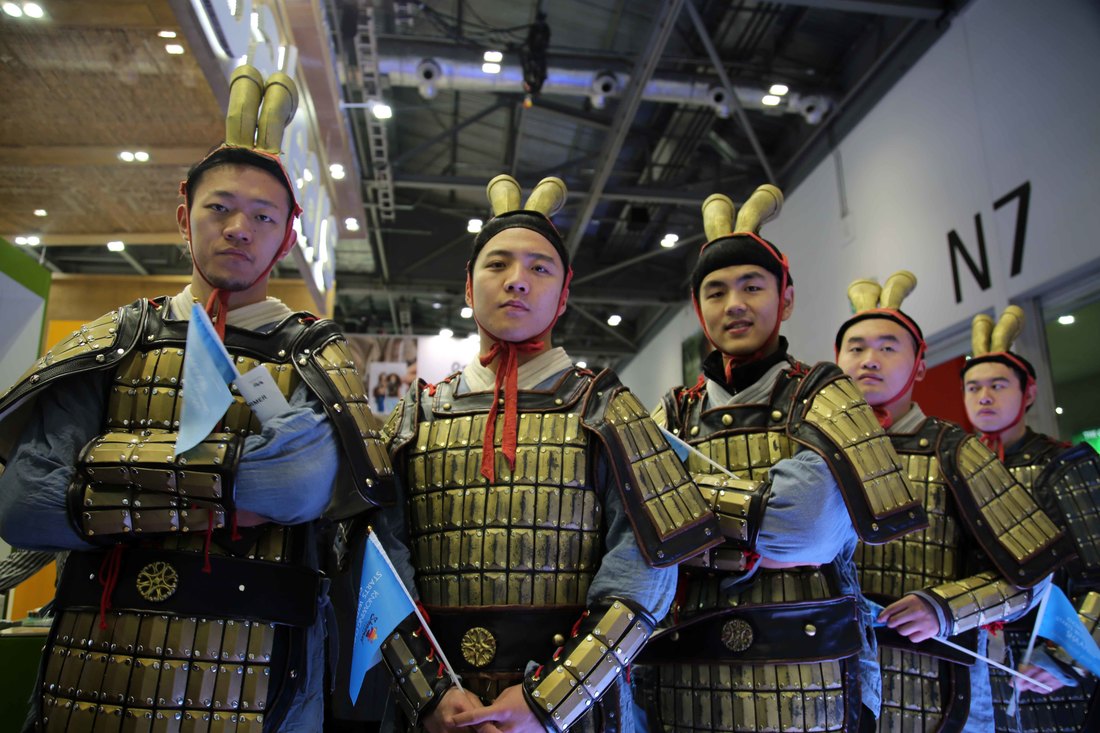
China's economic growth will see a trend in the independent traveller- whereas before it used to be that group travel was popular in the country. Chinese visitors to the UK will also increase in the coming year. A particular reason is the awareness about global tourism generated in China via digital and social media platforms such as WeChat: Photo Copyright Navjot Singh

Slovenia, one of those countries that deserves more attention than they get. With great food, wine and spectacular views, this is a country that offers a lot for the tourist and is not that expensive either. Foodies delight, Slovenia will be a major hit list in 2018 according to industry experts. Photo Copyright Navjot Singh

THY Turkish Airlines had one of the biggest stands I have ever seen displayed by an airline. The award-winning airline has constantly been voted the best in Europe and offers more routes worldwide than any other airline...will they be the next Singapore Airlines? We shall see. Photo Copyright Navjot Singh

SAUDIA- Saudi Arabian Airlines unveiled new Business and First Class seats and products during the WTM 2017. They have ambitious plans to operate to over 200 routes by 2020 and maybe even plan more routes to London, a traditional destination for them, and to emerging markets such as India and China. Photo Copyright Navjot Singh
|
Get in Touch:LIFE MATTERSHere I share my thoughts
and experiences during my travels, and how some things have affected my life as an expat and world traveller. Travelling is about capturing that moment in life. Every word, view and opinion on this page is that of Navjot Singh - except where indicated. The most recent is at the top. Scroll down to read the archive. Or search using CTRL+F (COMMAND + F) and enter a keyword to search the page. Just some of the stories you never heard before. The NAVJOT-SINGH.COM web blog is separate to this web site....Click blog, which may not be visible in some countries due to local firewall restrictions, so in those cases this weblog may be read. The weblog also includes some of my press trip reports- most of which are not published on the official blog because of copyright issues. The weblog also contains articles that may be associated directly with a PR trip for a country, airline or a hotel. These are PR reviews done in relations with various companies. If you are an investor or a trend watcher then you may find this website useful as investing has a lot to do with personal observations and finding the ideal trend or next big thing. The average human on the street frequently knows far more about the state of the economy than politicians, university professors, subject matter experts, and financial analysts who seldom travel, or if they do so, only from one hotel to another hotel! The pulse and vibrancy of an economy is nowhere more visible than on a country's streets. All photos and words are © Navjot Singh unless stated. Photos taken by others or by agencies are appropriately copyrighted under the respective name. No photo or word/s may be taken without the prior written permission by the author (i.e. Navjot Singh). All Rights Reserved. Archives
April 2024
Categories
All
|

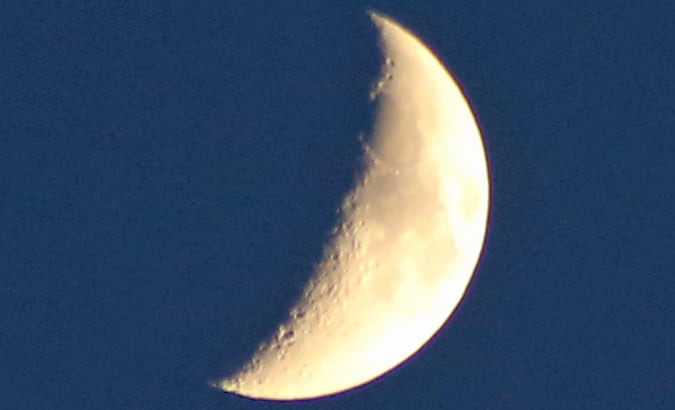



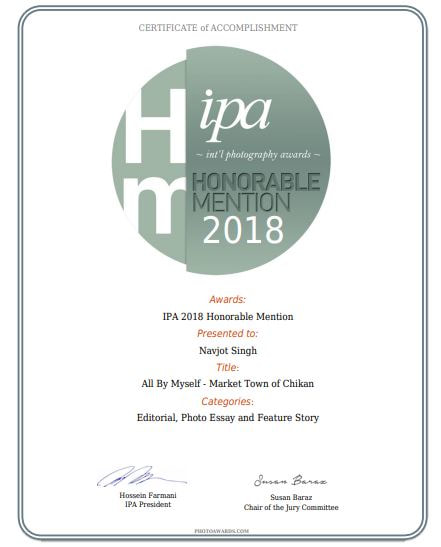
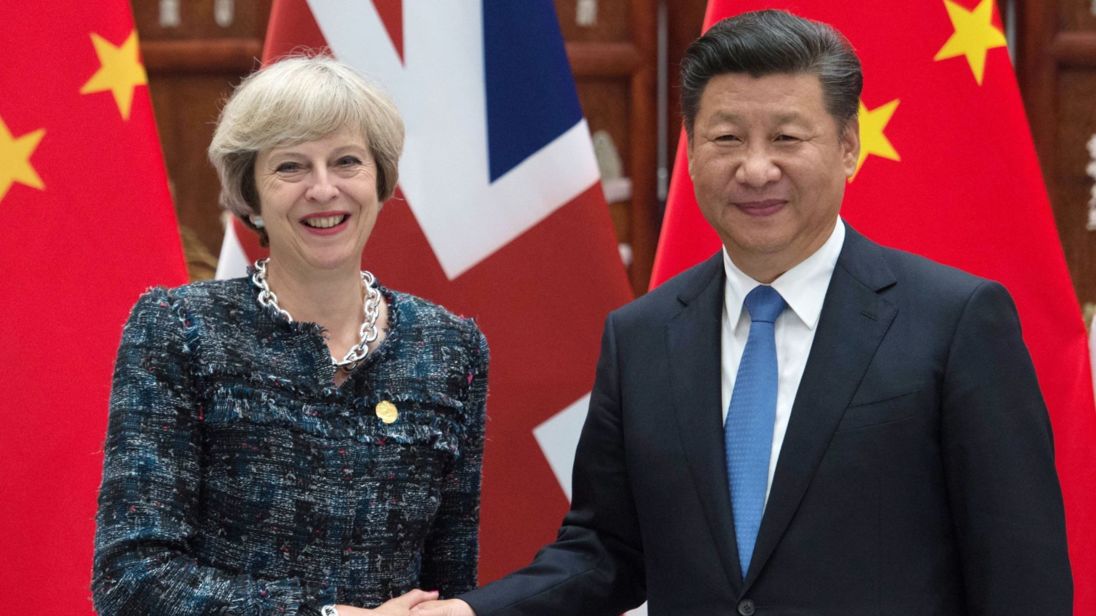








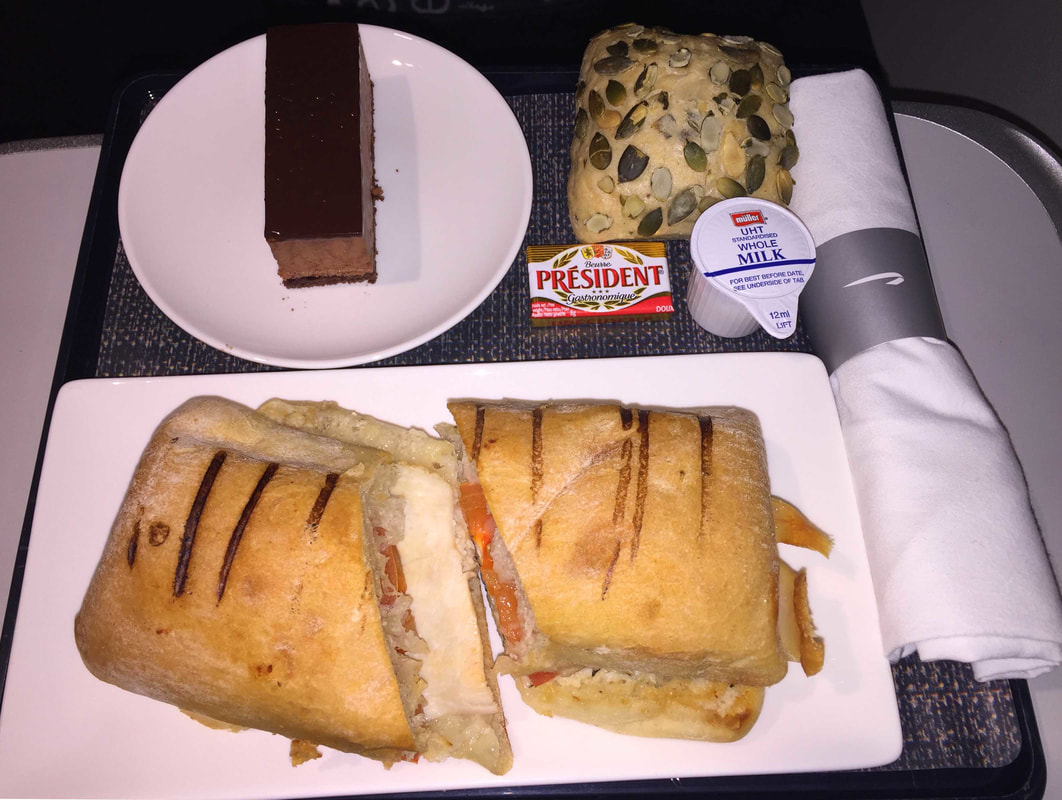






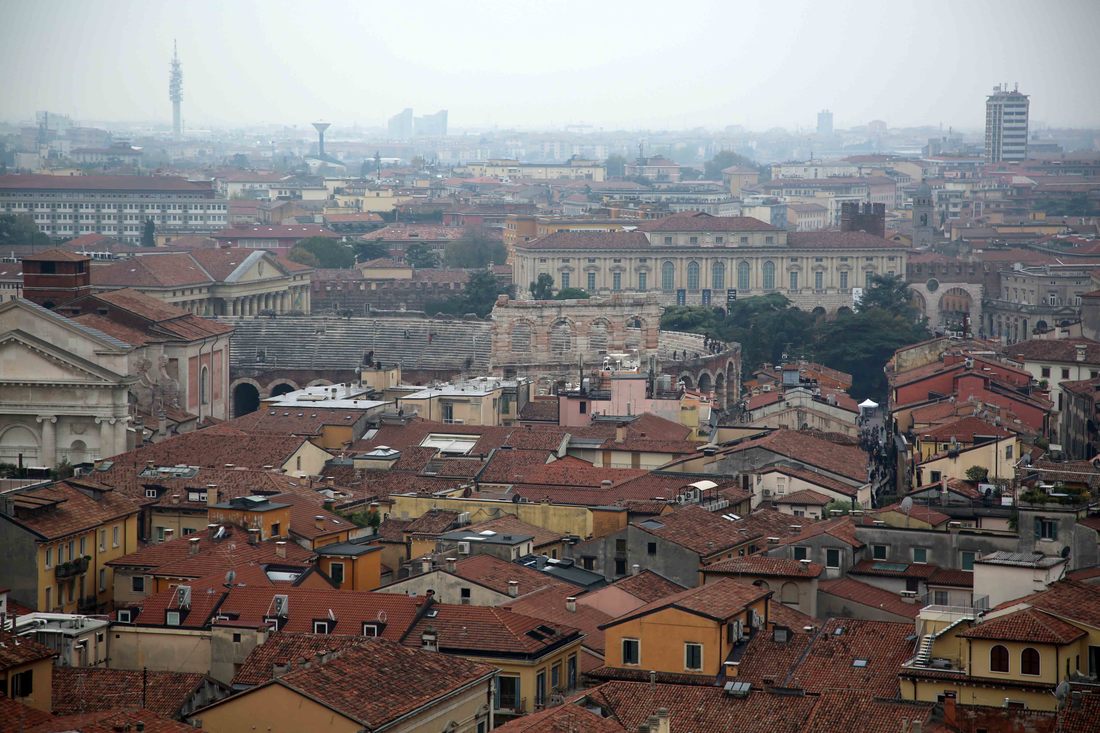


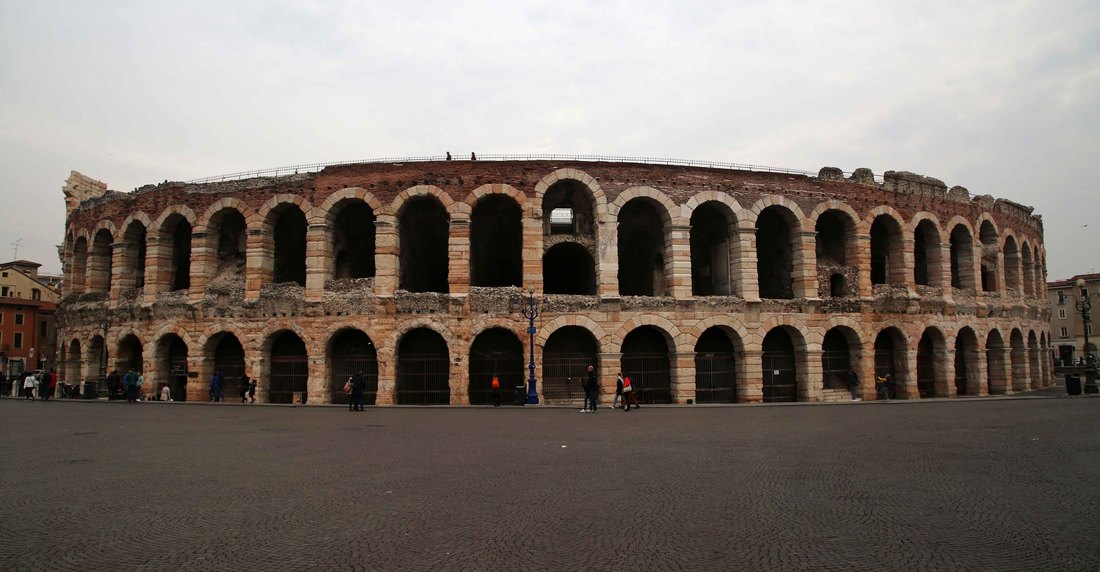
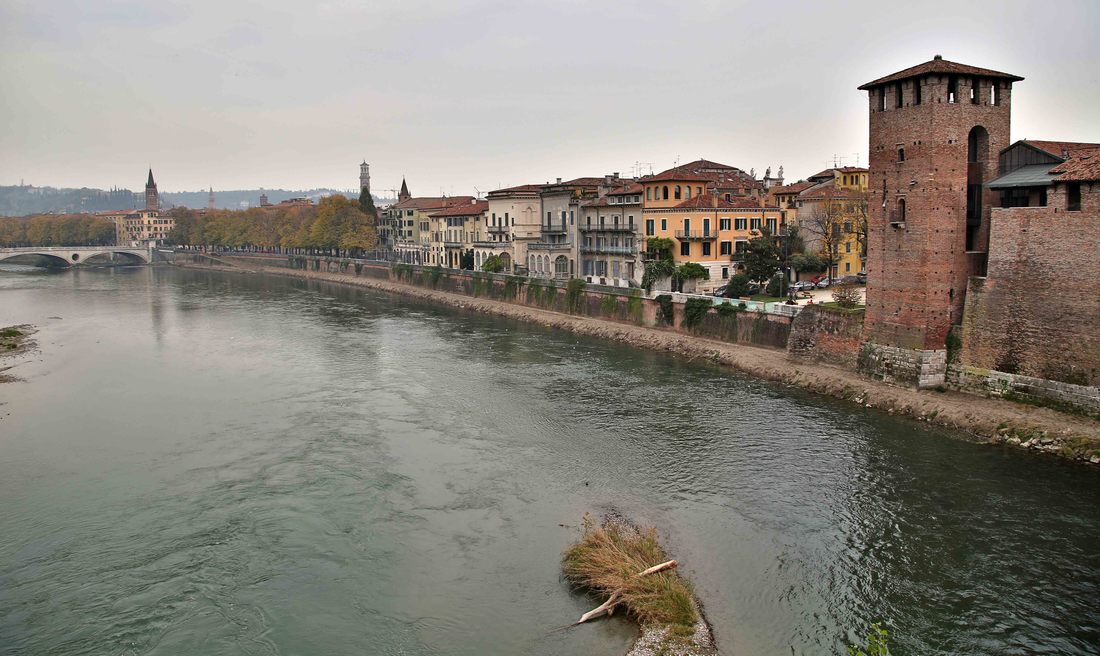












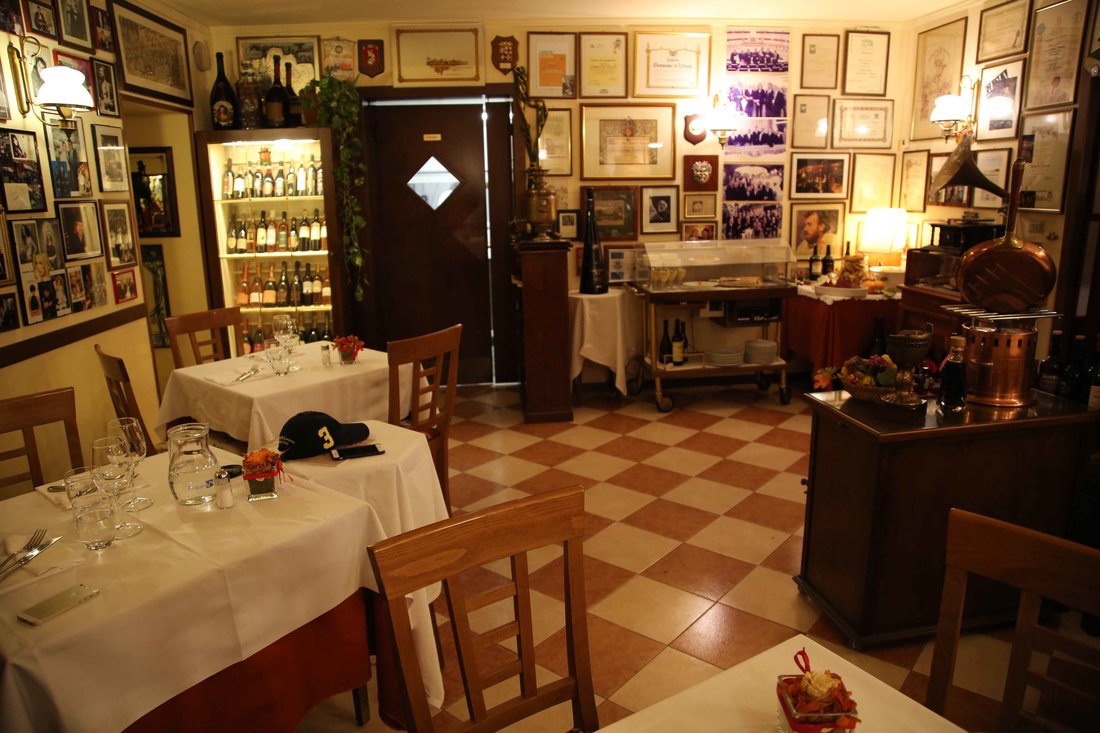





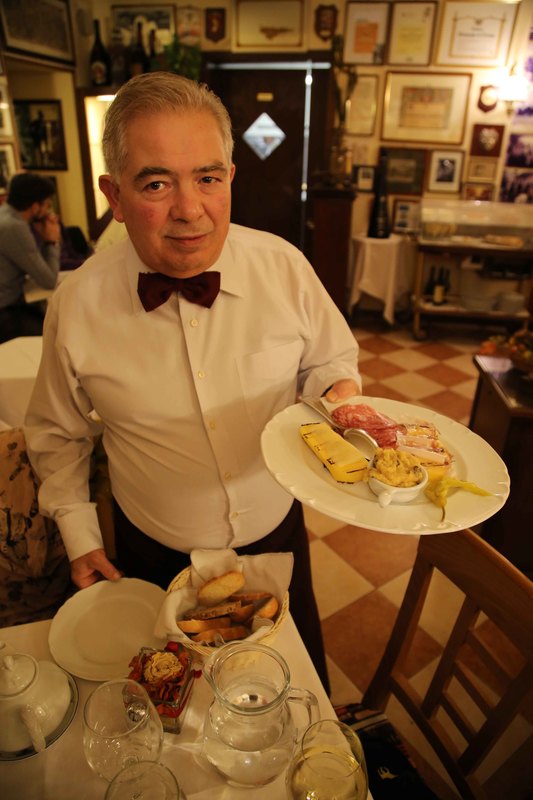



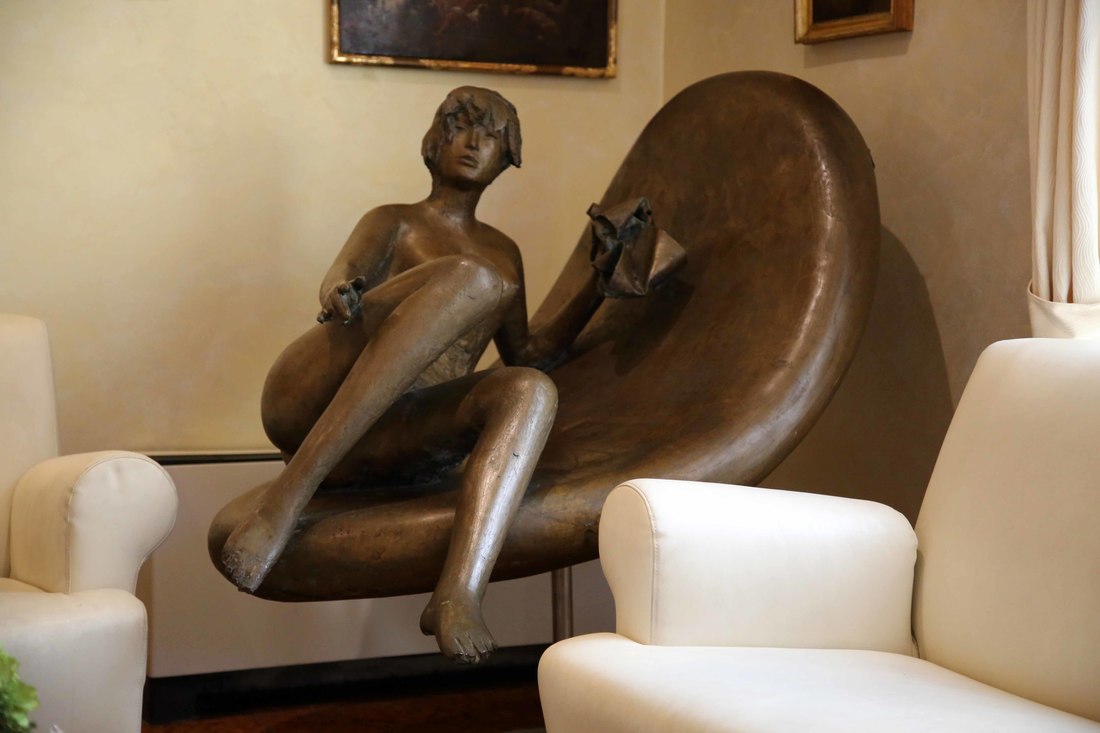











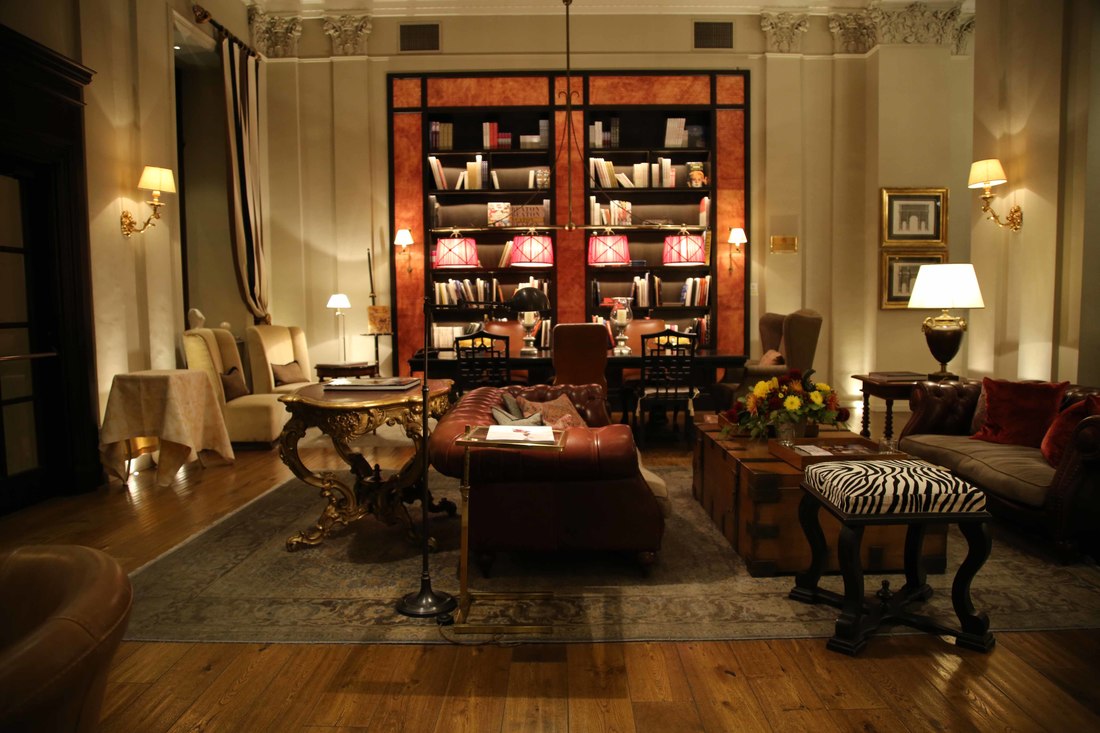



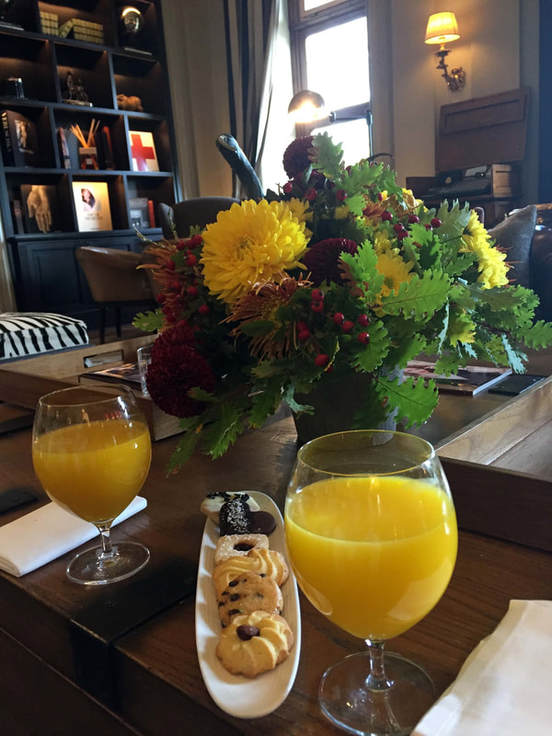

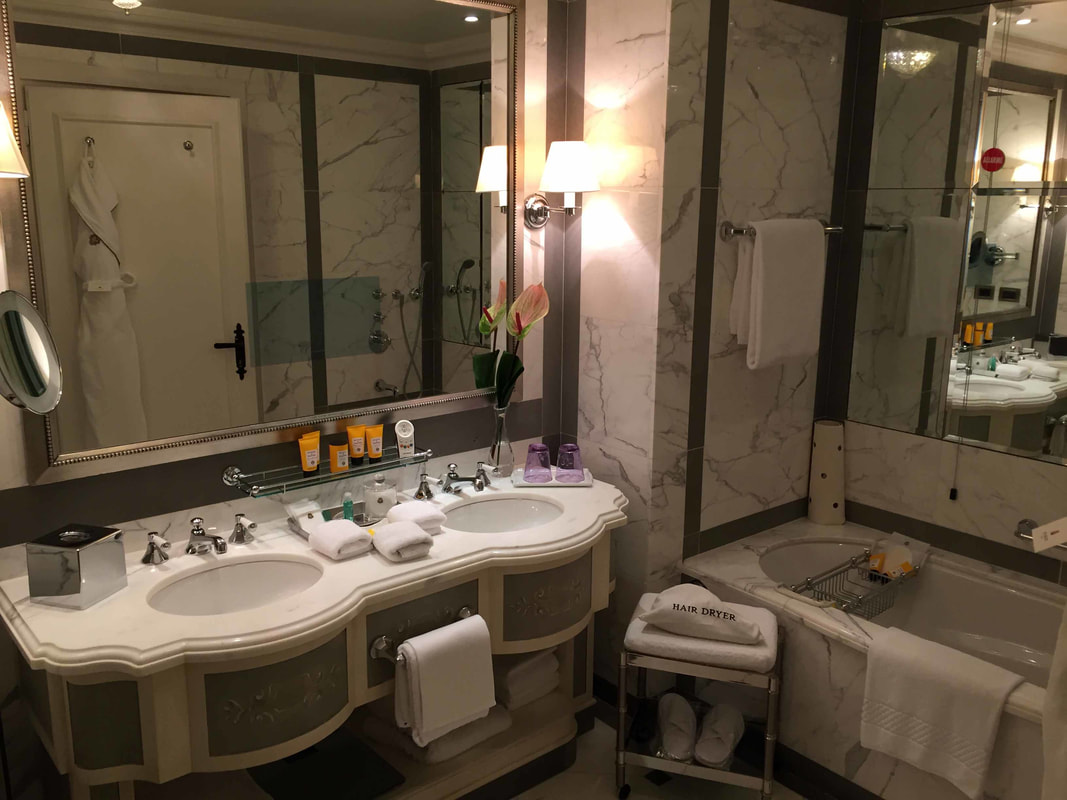









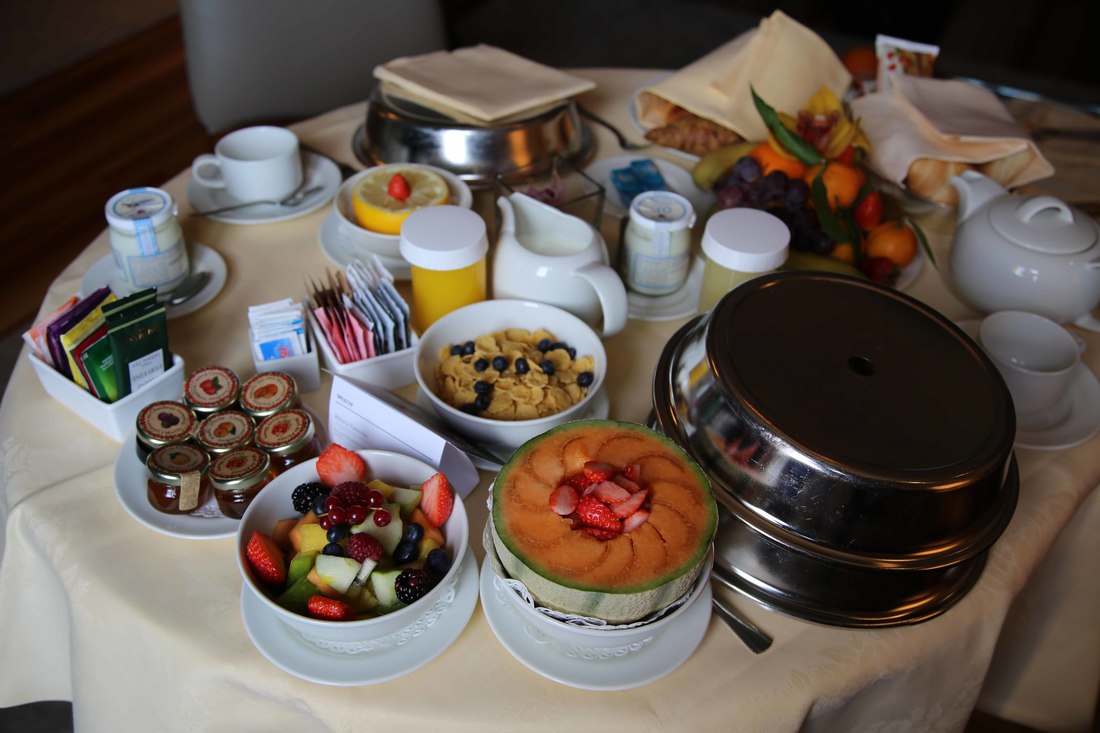
















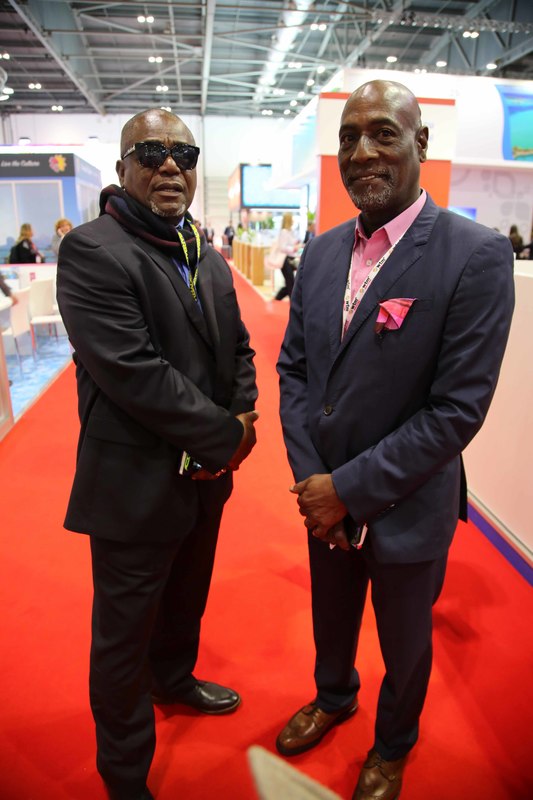


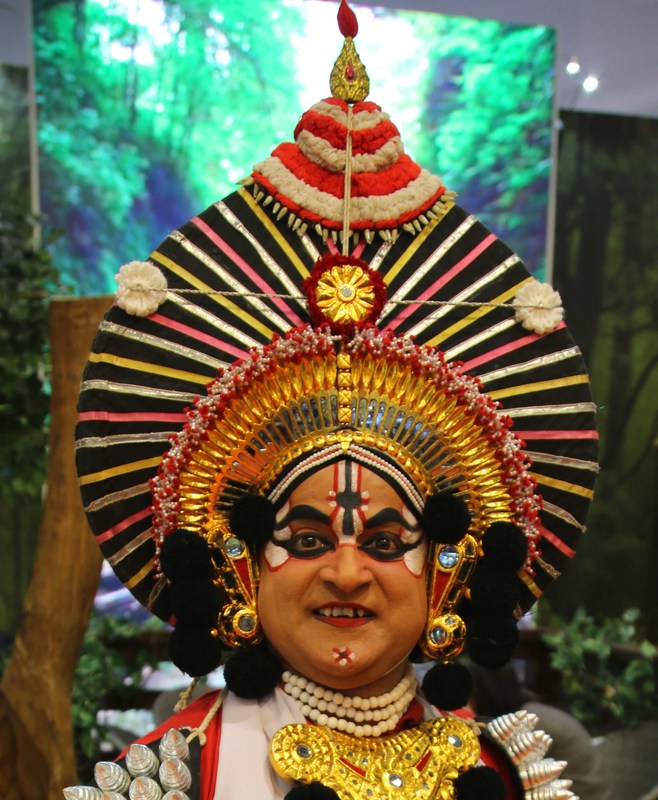
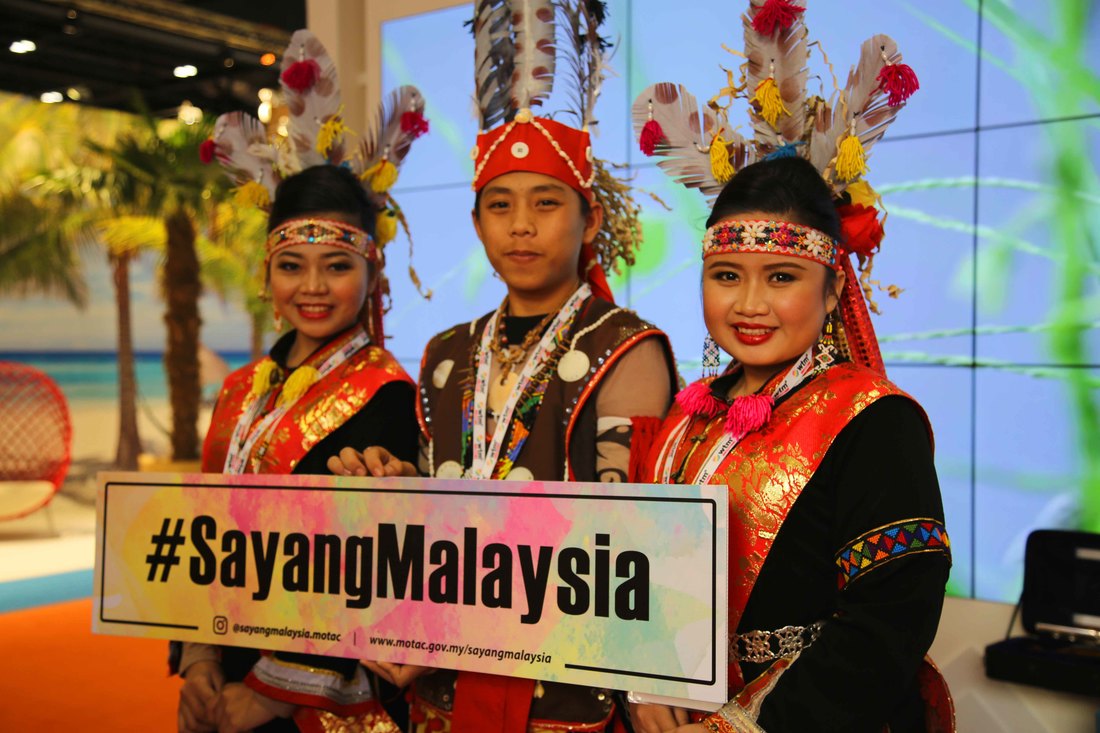






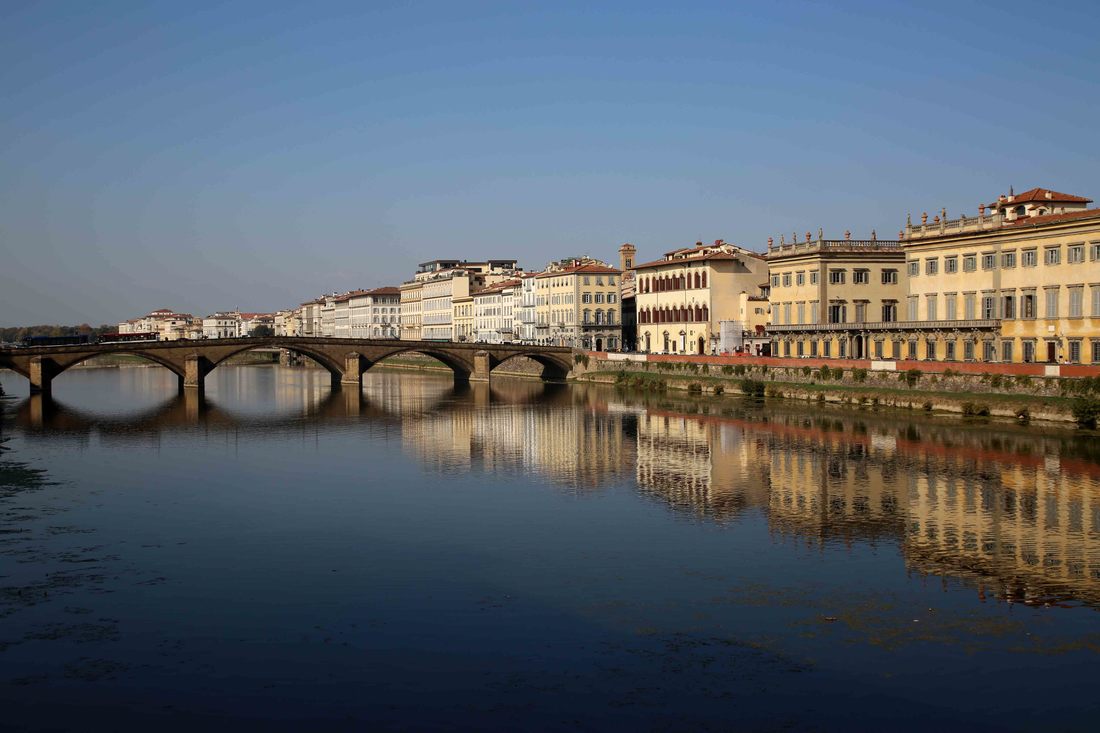






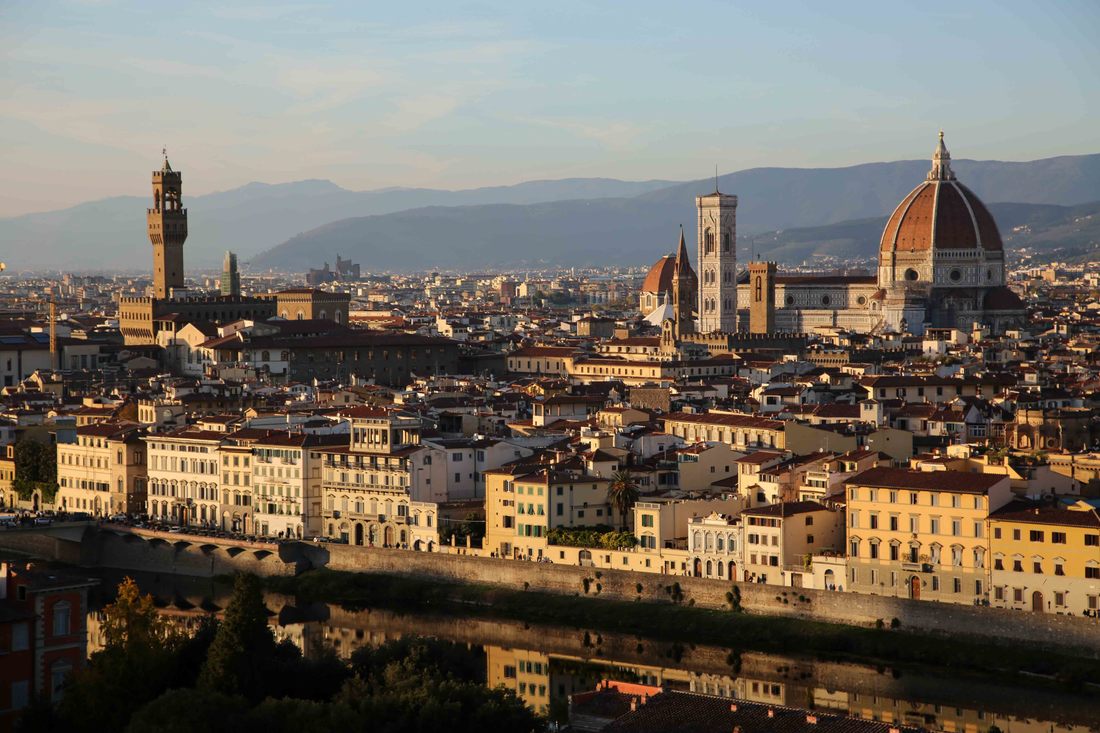







 RSS Feed
RSS Feed







